Contents
The South Australian wine regions show their elegance and integrity surpassing many regions around the world. A combination of geographical location, climate, soil, rainfall, and history of knowledge passed on, solidifies the perfection of the South Australian wine regions. The wineries in South Australia illustrate the ode to quality through hard work, beauty, hospitality and passion for the craft.
South Australian Wine, and Grape Varieties
The state of Australia lies in the (you guessed it) south, and it’s liable for producing 50 % of wine coming out of the continent. The quantity of wine doesn’t by any means discount the level of quality leaving South Australia, with wineries like Penfolds, d’Arenberg, Torbreck and lots more reaching worldwide recognition.
Some of the best South Australian wines are made from Shiraz. South Australian Shiraz is incredibly famous because the climate and soils are indefectible for growing this specific grape variety. Other popular South Australian grape varieties include Cabernet Sauvignon, Chardonnay, and with a recent surge in popularity, Reisling, most famous in the Clare Valley.
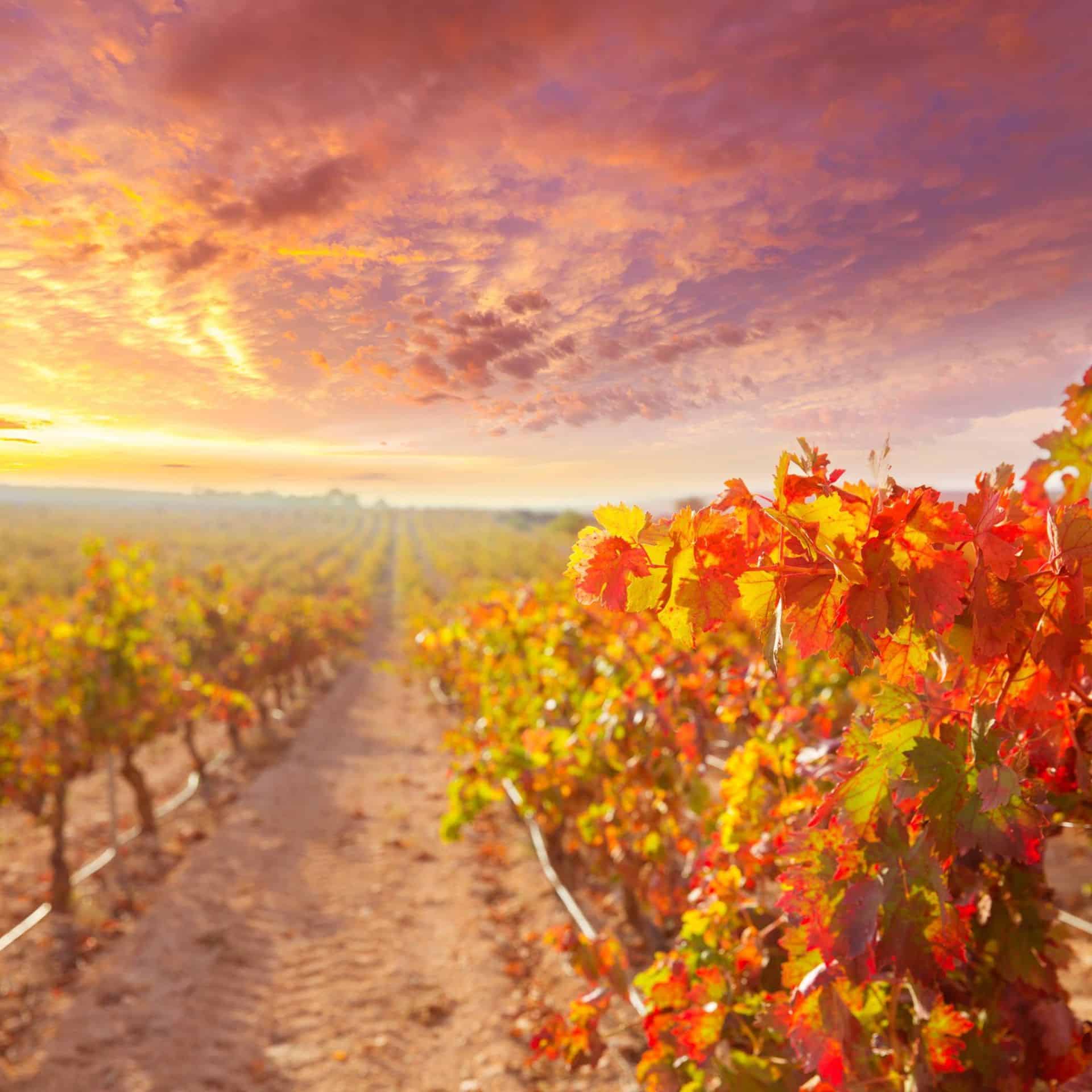
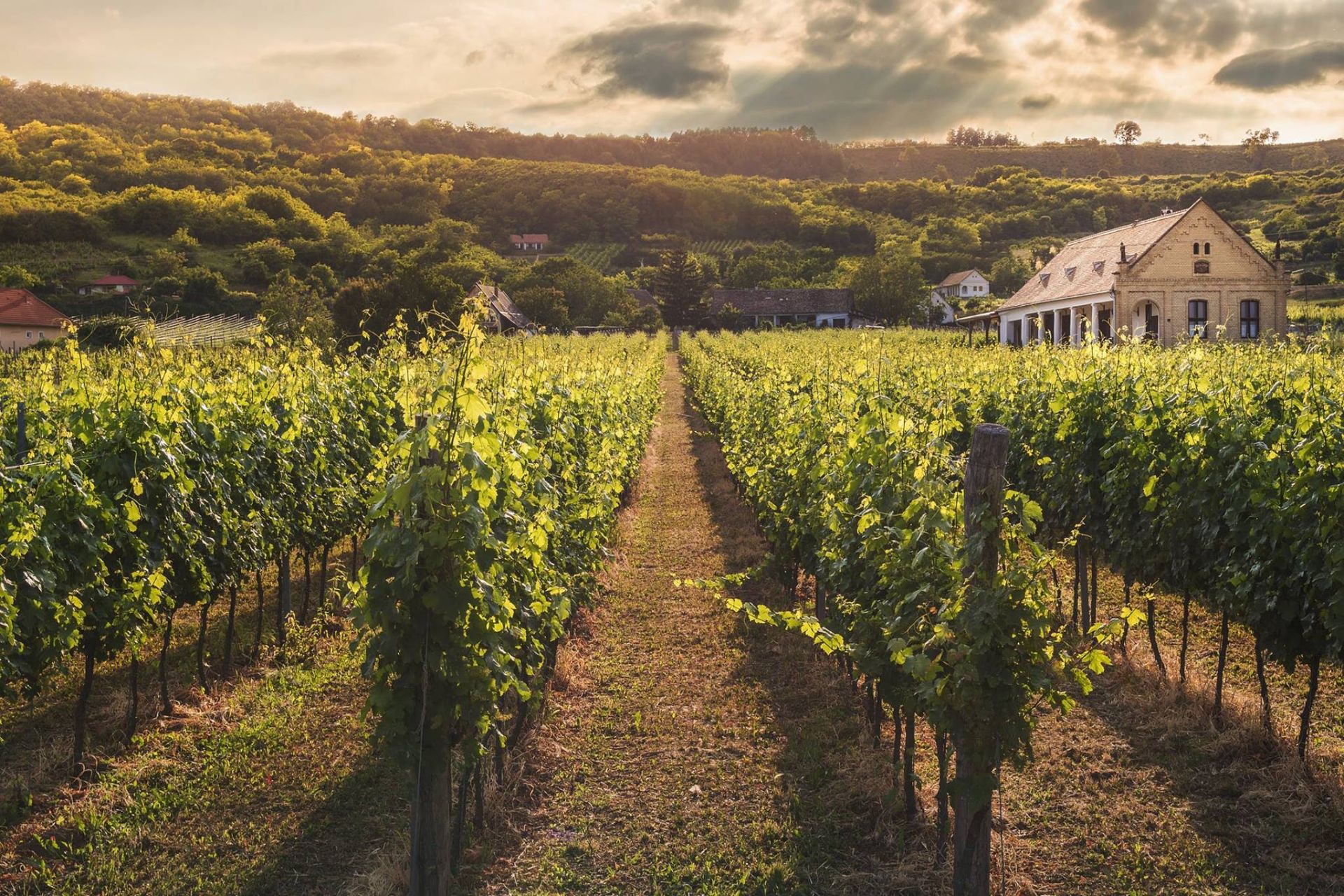
https://www.facebook.com/WineSouthAustralia
South Australia stretches 1200 km, and it’s made up of 50.1 million hectares which 51 % occupies agricultural land. It’s the only state to border all other states (excluding Tasmania) making it the most diverse in desert, coast, and bush.
Towards the southeast of S.A. are the colder regions, where most of the wine is produced. The cool climate comes from the southern ocean as the brisk winds blow over the land and the cool waters flow through the veins of the state. Around the main artery known as The Murray River is where you’ll find such regions as The Barossa Valley, Swan Hill, Langhorne Creek and McLaren Vale.
South Australian Wine Regions
There are 23 wine regions in South Australia. Some regions are so far apart and so different in identity they may as well be on the other side of the world. Let’s go through the contrasting regions and maybe by the end you’ll know exactly where you’re planning your next wine tour.
The Mount Lofty Ranges Zone

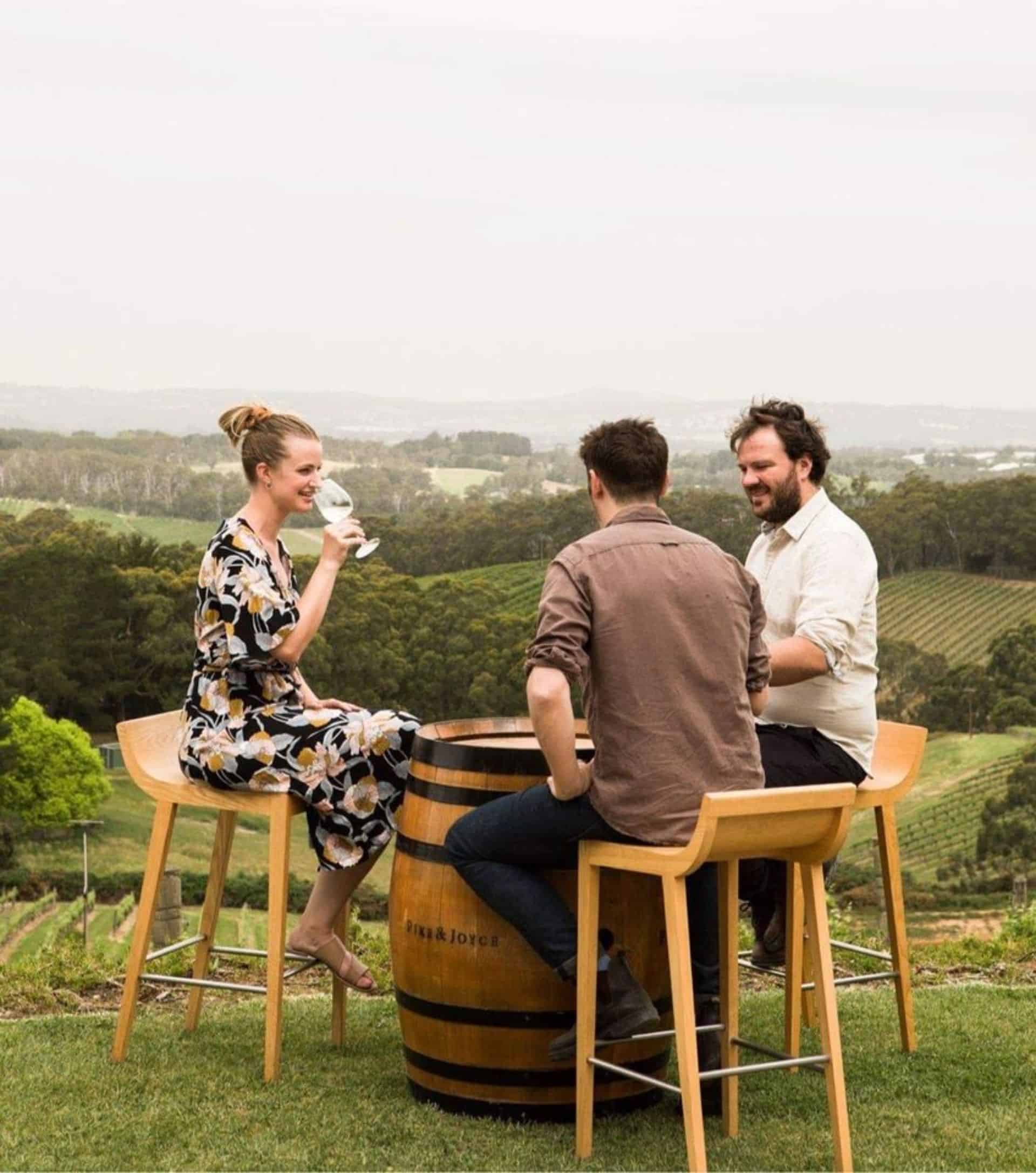
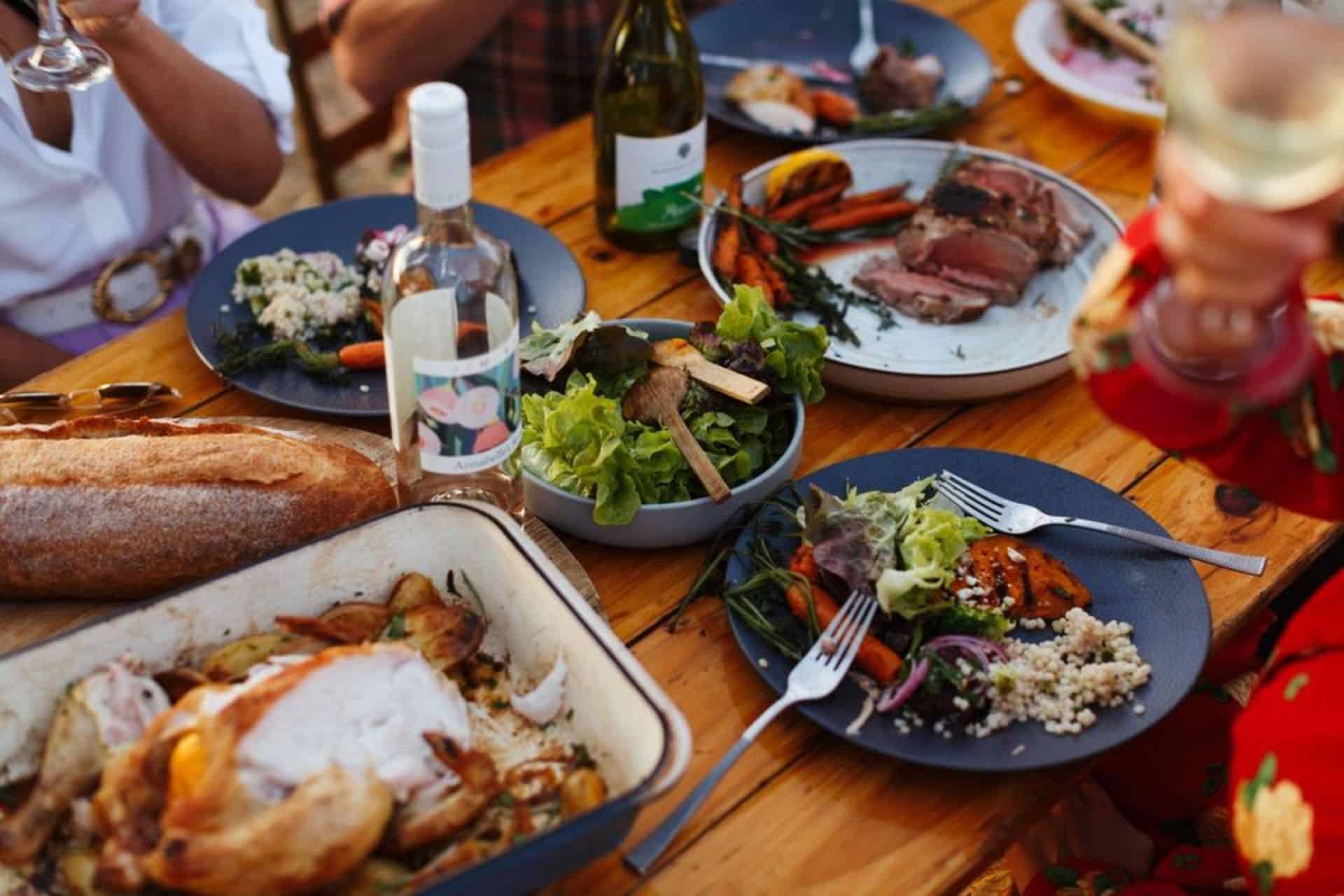
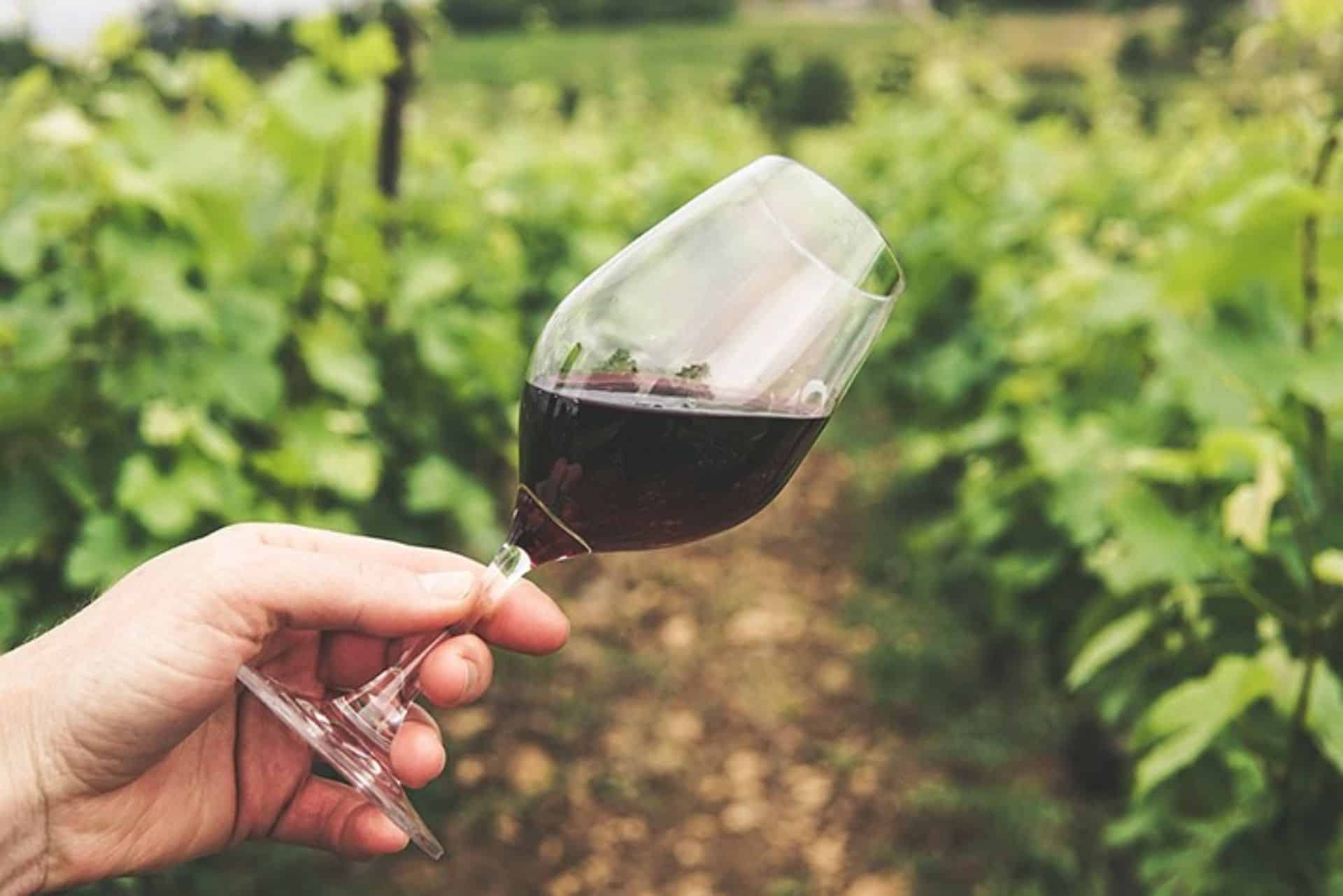
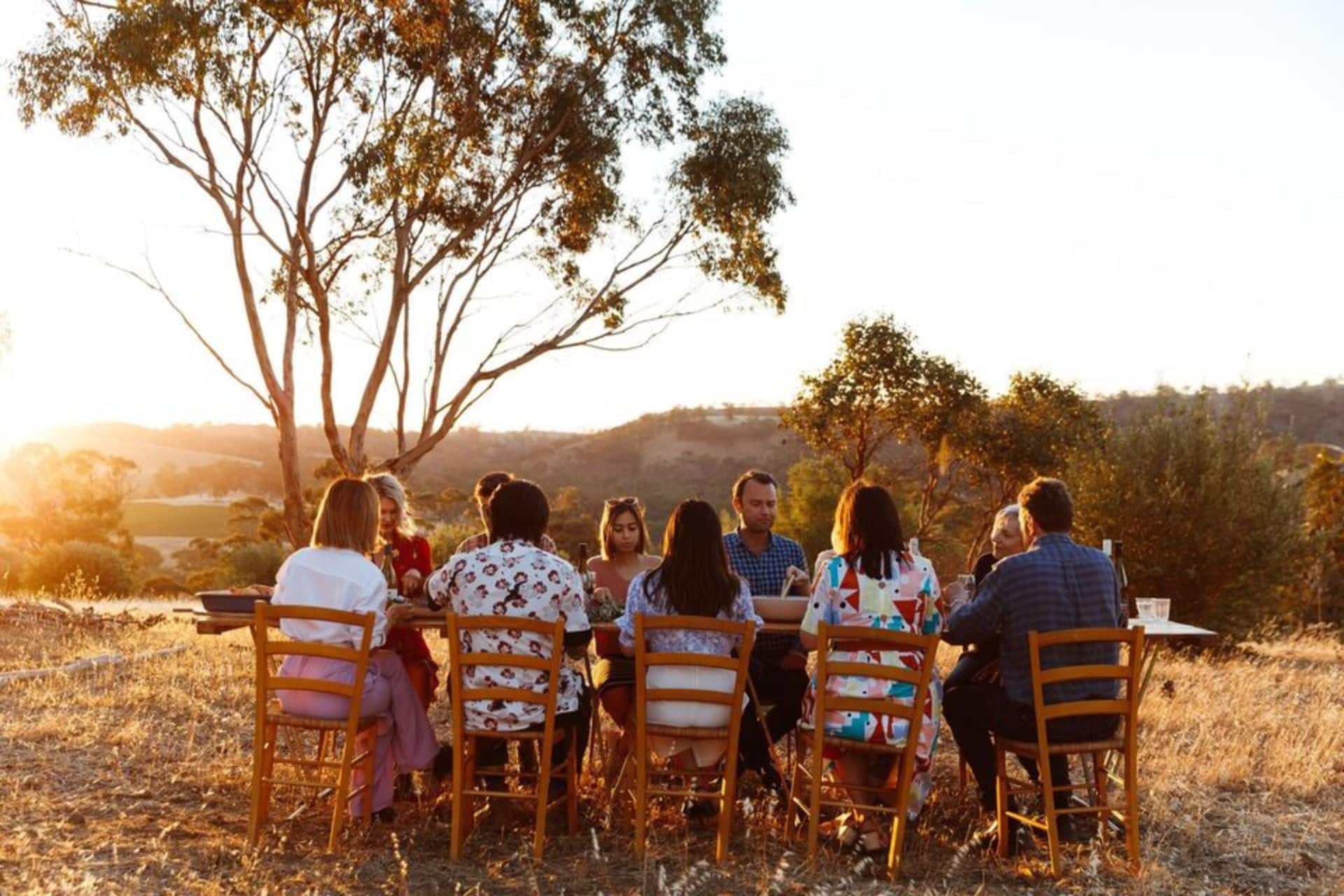
Adelaide Hills
The Adelaide Hills is one of the largest regions in the state, and it has some of the highest growing altitudes, reaching up to 600 meters; this is because of the Mount Lofty Ranges that run through the region. With a honed-in focus on white varietals, the primary grapes are Chardonnay, Riesling, Semillon, Sauvignon Blanc but also given its perfect climatic position, Pinot noir. The Adelaide Hills wineries are tourist-friendly with great tours and tasting including the famous Bird in Hand gallery and vineyard.
The region is luscious and green, and the views are spectacular!
Adelaide Plains
Adelaide Plains borders the Gulf of St. Vincent, which means it rests at sea level. Although the body of water provides some form of cooling, it’s not enough to depress the warm temperatures.
The climate is perfect for Shiraz, Cabernet Sauvignon and Merlot. In the past, Adelaide Plains grape varieties predominantly were shipped to Barossa and McLaren Vale for production. In recent years there has been a lot of smaller, boutique wineries in the Adelaide Plains opening for business, making it a perfect coastal destination for a wine trip.
Clare Valley
Clare Valley is the Riesling promise land, and it has built its tourism around being the best (which they probably are). There is a great sense of community and history in Clare, and the cellar doors are inviting and informative. The region is persuaded by the warm westerly winds that come from the Spencer Gulf but due to it’s elevated altitude (400-500 m) the nights are cooler. This opposition of climate allows the grapes a longer growing season, giving Clare Valley wine crisp, acidic but resolved fruity characteristics.
The Piccadilly Valley
The Piccadilly Valley is a sub-region of the Mount Lofty Ranges Zone and it is the highest region in South Australia with some vineyards reaching 600 meters above sea level. Given its climatic altitude, the valley is known for its premium cool climate wines, with some renowned sparkling wines on offer. It is a sub-region of the Adelaide Hills wine zone, and it’s picturesque valleys, rolling hills and farmland are just a few attributes that may convince you to visit.
Lenswood
Lenswood wine region is a sub-region of the Mount Lofty Ranges Wine Zone and it is not only famous for its crisp, fresh, fruity wine but its prosperous agricultural nature with a specific focus on apples. The region has a cool climate due to the altitude making it the perfect terroir for Riesling, Chardonnay, Sauvignon Blanc and Pinot noir which dominates 41% of the total production.
The Barossa Zone
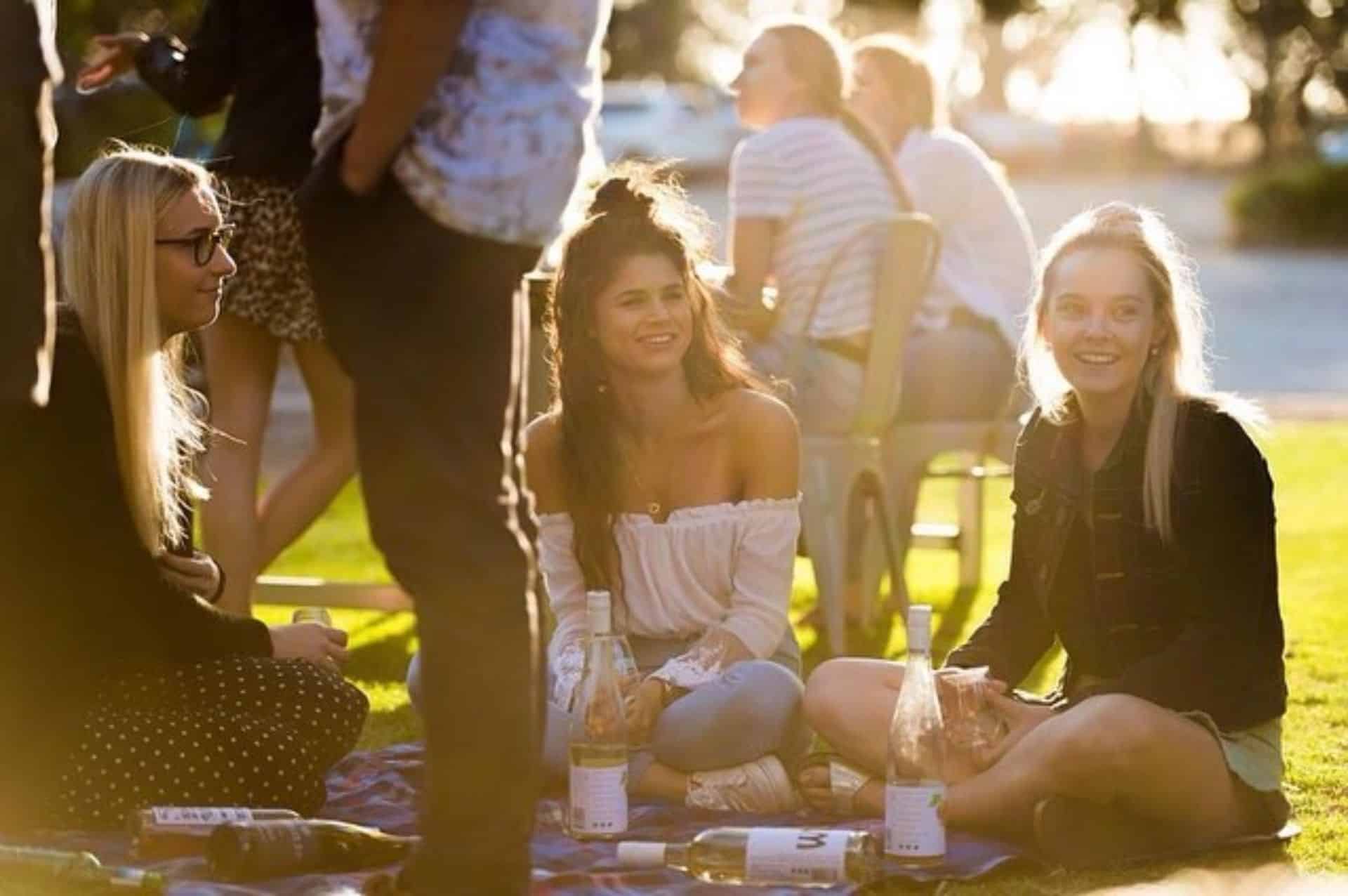
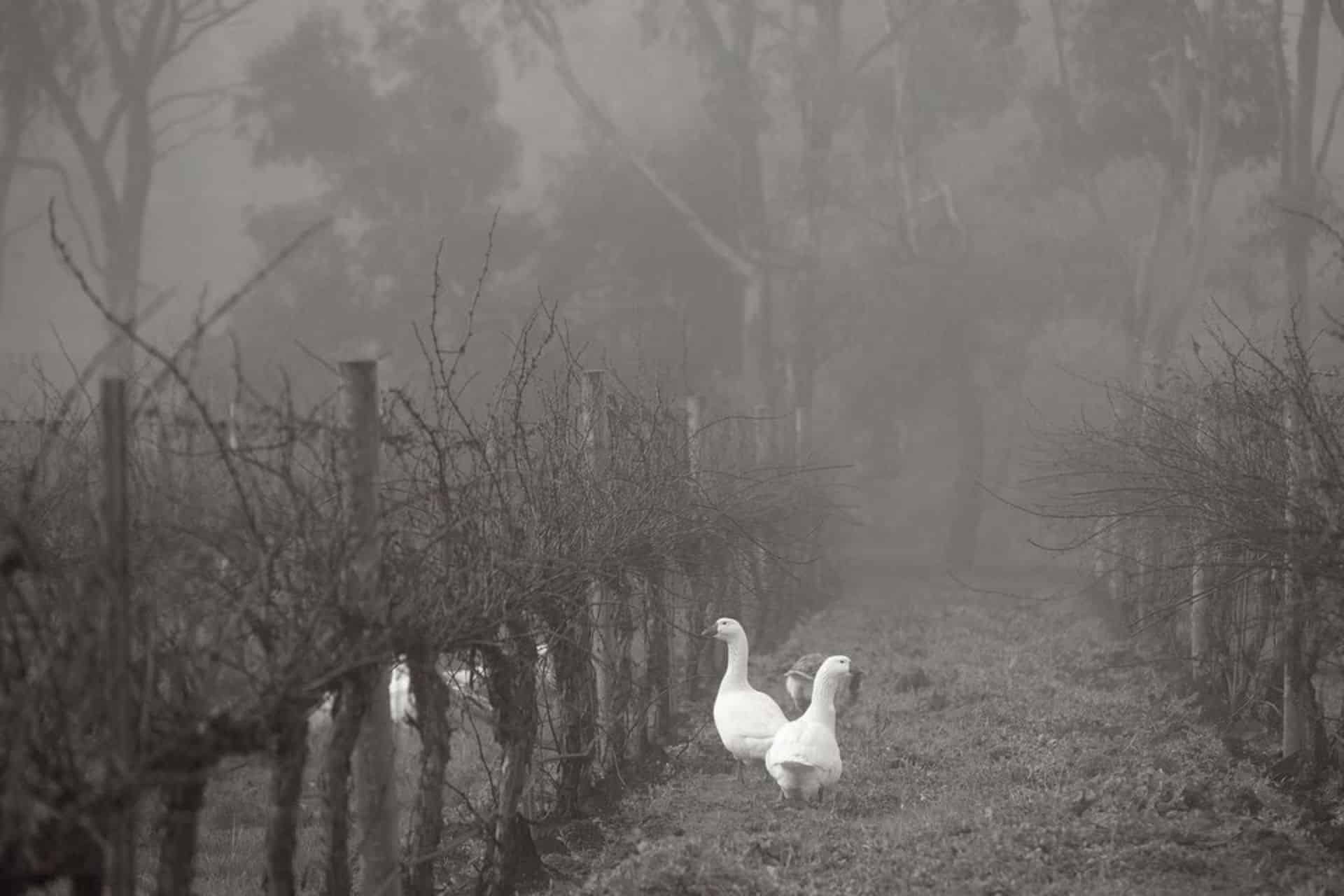
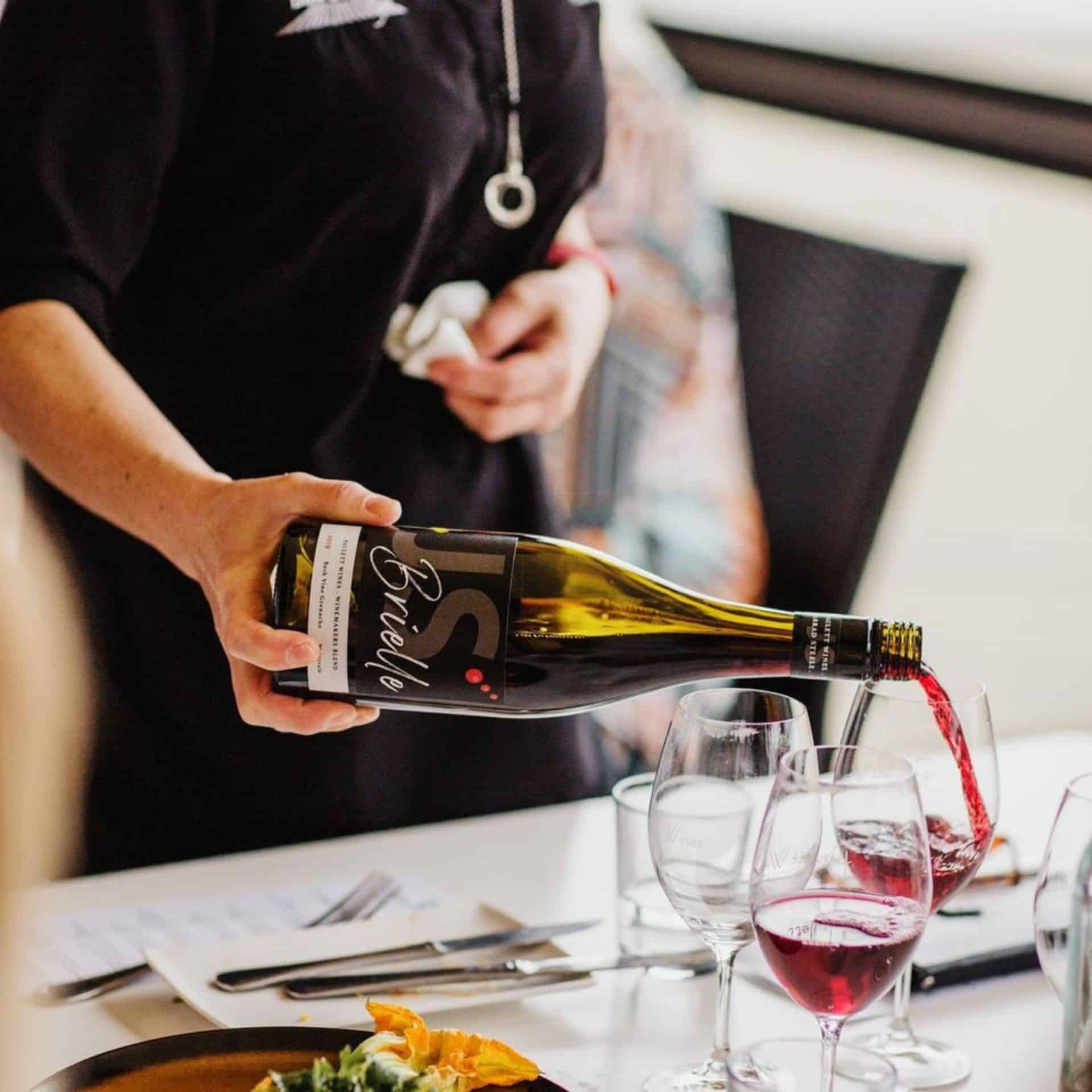
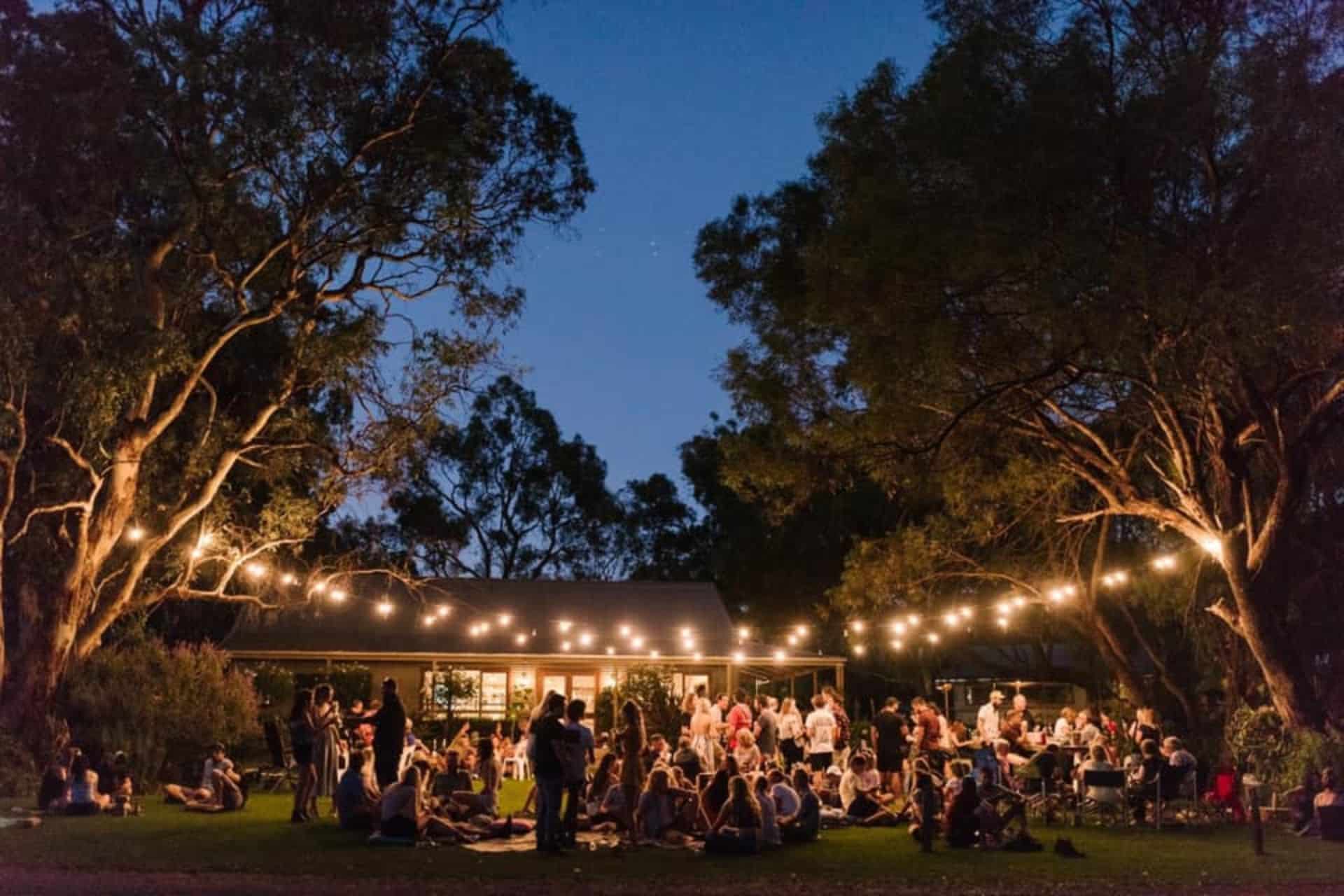
Barossa Valley
The Barossa Valley is the golden girl of South Australia. The Barossa wineries have elegance and flair and have an impeccable reputation for consistency. 56 % of the grapes produced are Shiraz, but nearly all of that comes from the west. To the east lies Eden Valley with a higher altitude and primary focus on whites. Barossa Shiraz is possibly the most influential Australian wine to this day; it’s known to be robust, dense, mature with underlying spices, and chocolaty tannins; all the things you long for in a Shiraz.
Eden Valley
Situated in the high country of the Barossa Wine Zone, this gorgeous South Australian Wine Region is encapsulated by its title; Eden Valley which translates to paradise valley. The predominant grape varieties are Cabernet Sauvignon, Chardonnay, Riesling, and last but not least Shiraz.
The Fleurieu Zone
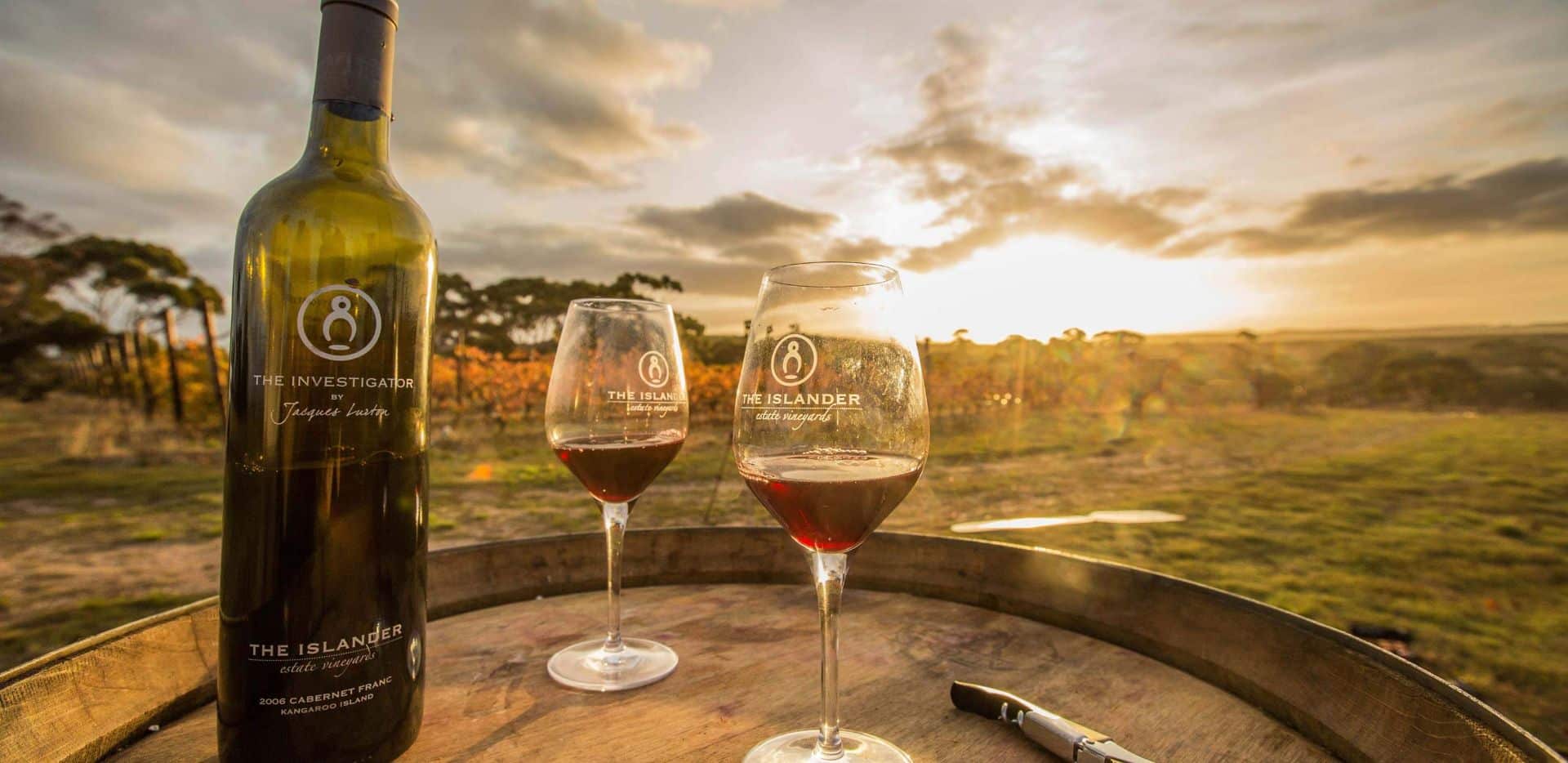
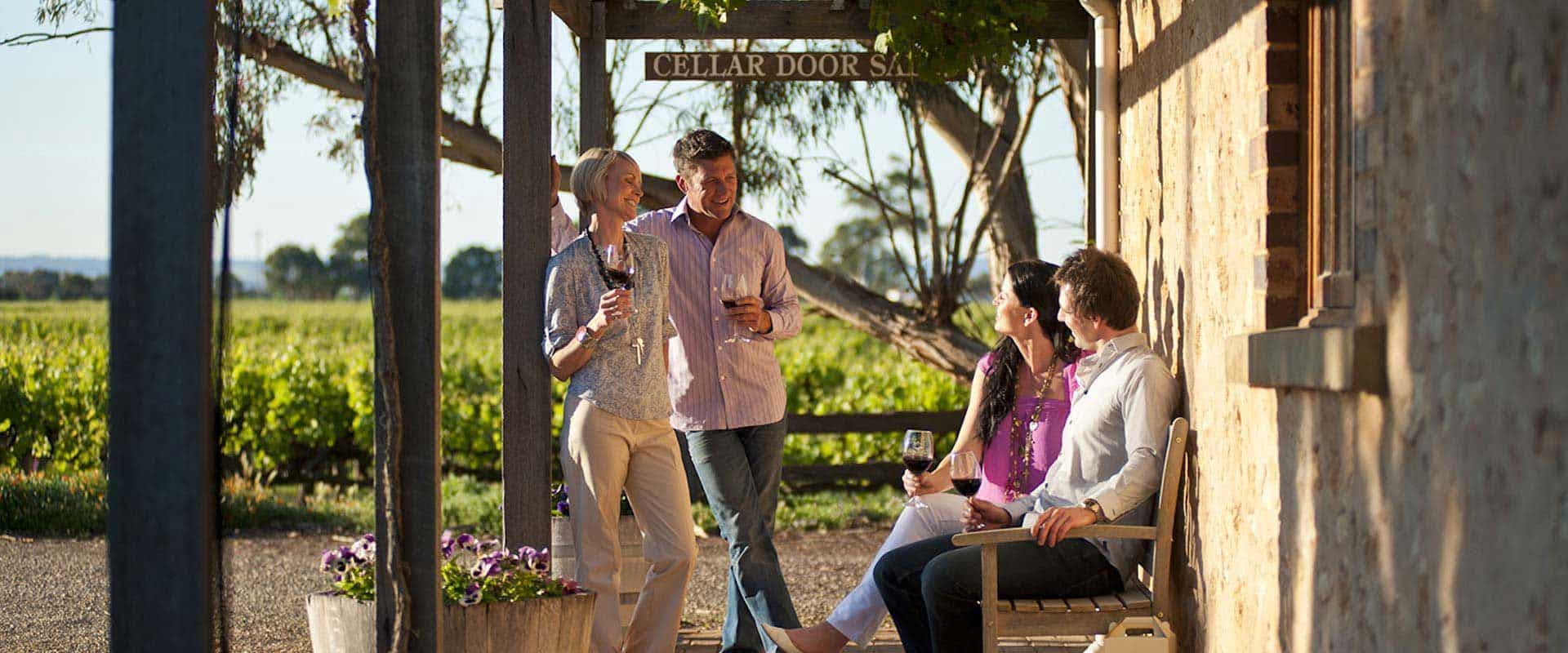
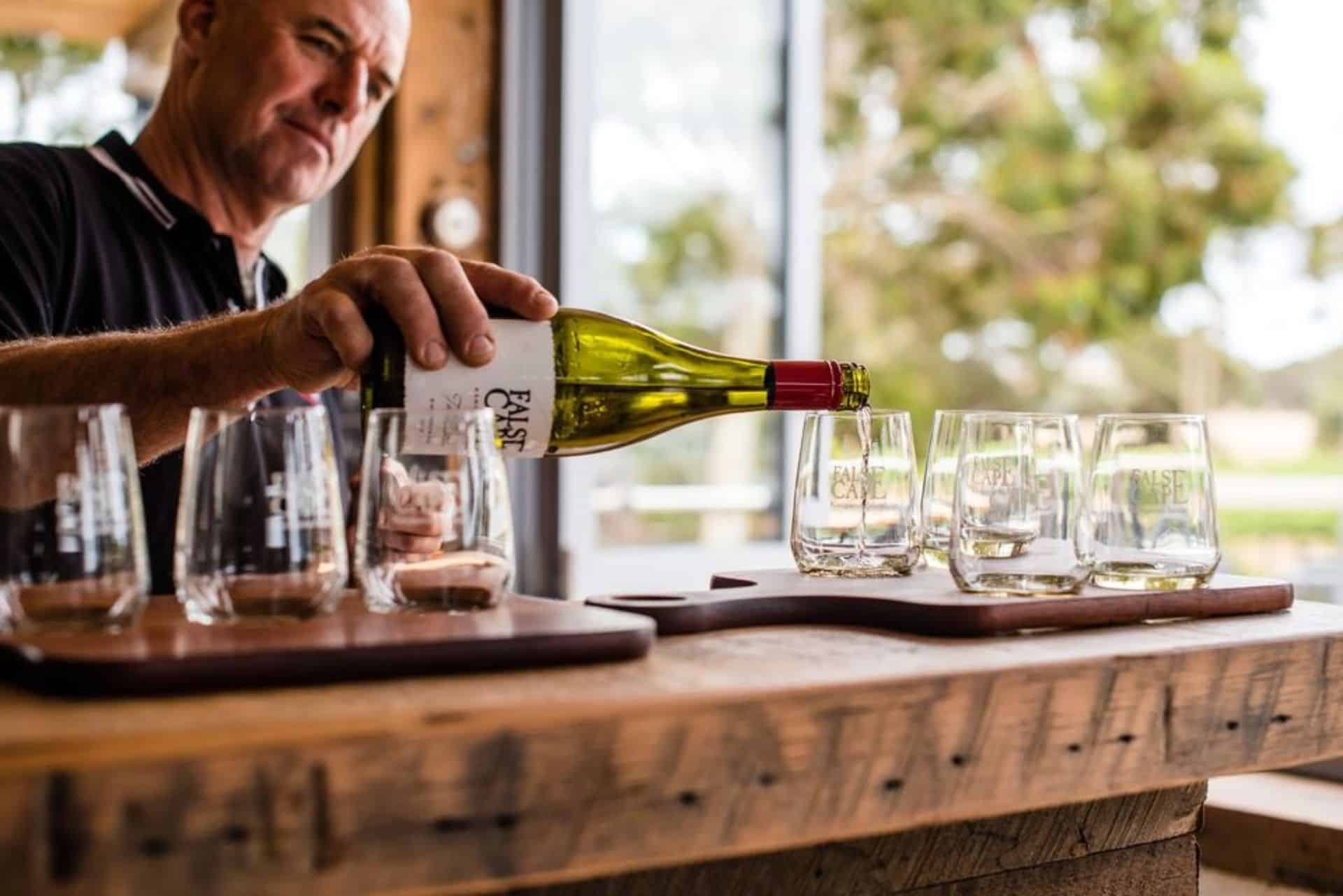
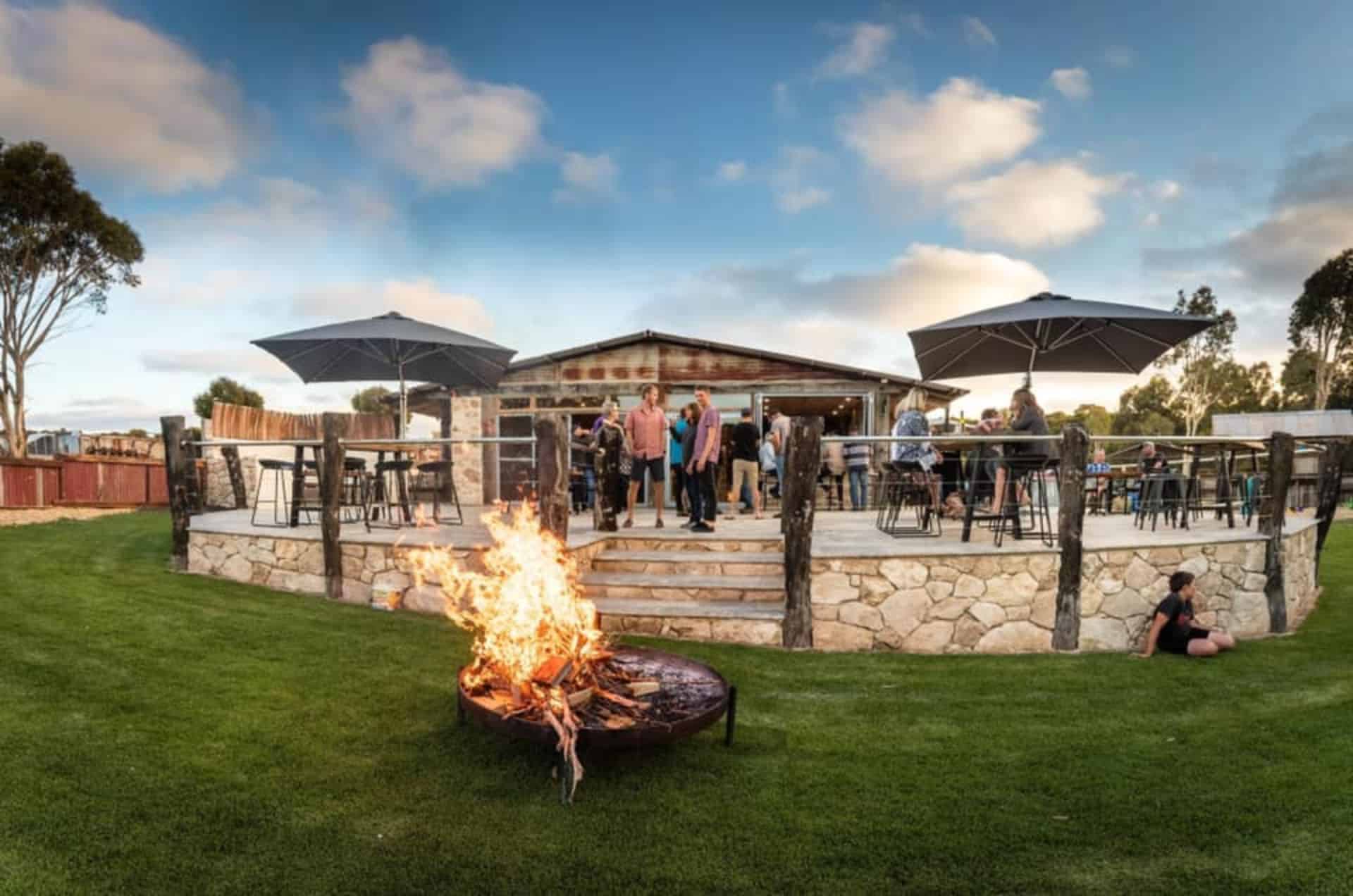
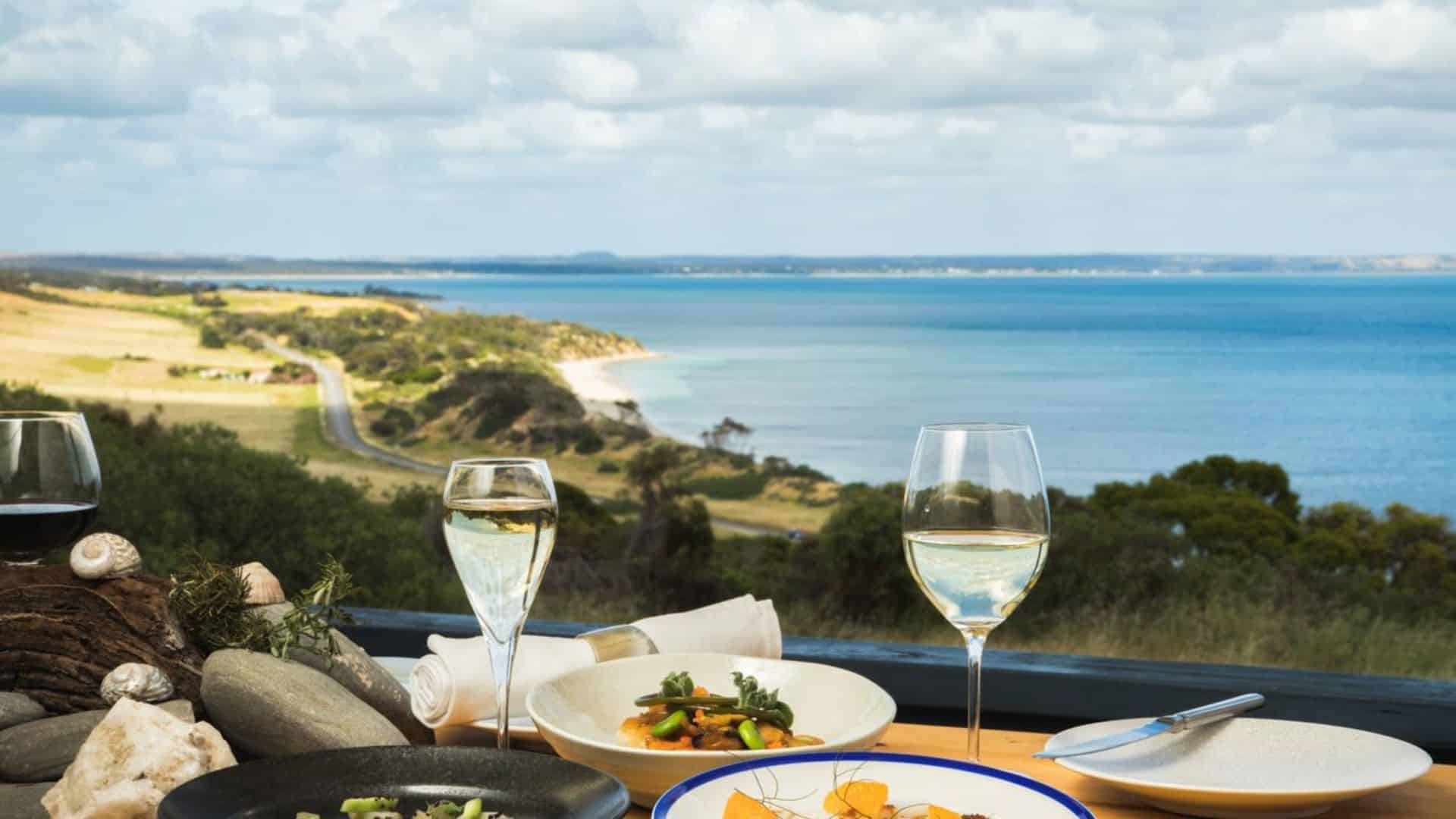
Currency Creek
Currency Creek wine region is an interesting one; its diversity is endless with parts of the wine-growing region resting on Hindmarsh, Mundoo and Long Island. Its coastal status ensures a maritime climate keeping the conditions moderate. The region is pretty new to the winemaking game, starting production in 1969, but with a recent surge in small wineries popping up, sprinkled with the beautiful aesthetics of the region, and you got yourself a holiday.
Kangaroo Island
Kangaroo Island sits off the coast of South Australia, and it falls under the Fleurieu Peninsula Wine Zone named after the French explorer Charles Pierre Claret de Fleurieu. The Island is approximately 146 km by 90 km in surface area, and it’s the third-largest in Australia.
The island’s varietal focus is Merlot and Cabernet Sauvignon, taking on a maritime climate (obviously) it’s wines have been compared to the great wines of Bordeaux which is something to toot your own horn about.
Langhorne Creek
Langhorne Creek wine region truly is a historical landmark and ever so rich in viticulture. Winemaking is more of a traditional passion than anything else, and the folks in Langhorne Creek do it really well. Once again it’s known for it’s Cab Sauv and Shiraz but also for its excellent cellar door experiences with exciting historical tours at a number of vineyards.
McLaren Vale
McLaren Vale wine region has a long list of award-winning wines making it exceptionally reputable worldwide. A lot of the vines in this region range from 100- 150 years old giving them a low quantity return but a high-quality yield.
There are a variety of mesoclimates influenced by the Gulf of St. Vincent, Mt. Lofty Ranges in the north and the Sellicks Ranges in the south. Alongside a plethora of great wineries to visit there are a variety of contrasting activities including; the local market, art galleries, winery lunches, and pristine beachscapes.
Southern Fleurieu
The Southern Fleurieu wine region lies on the southern tip of the Fleurieu Peninsula. The region makes for an exciting tourist destination for its stunning white beaches, array of cellar doors and of course the selection of quality cool-climate wines.
There is a noble hail to history in the region as you will discover participating in any number of wine tours on offer. In the early 1800s the region’s settlement began to form with the commencement of the flour mills. Around the mid 1800s began the first vine plantings and the winemakers of the Southern Fleurieu region have been producing some of Australia’s best cool-climate wines ever since.
The Lime Stone Coast Wine Zone

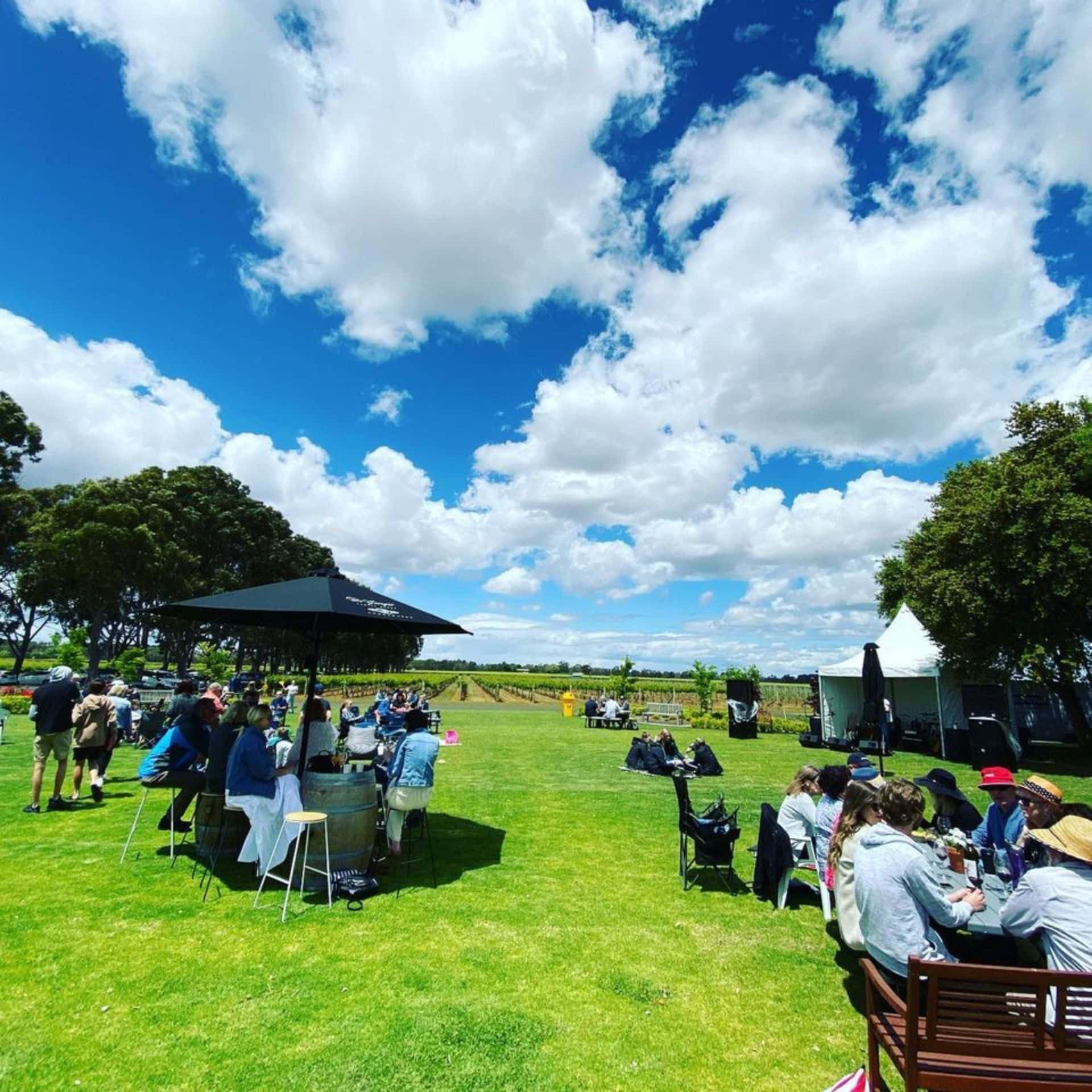
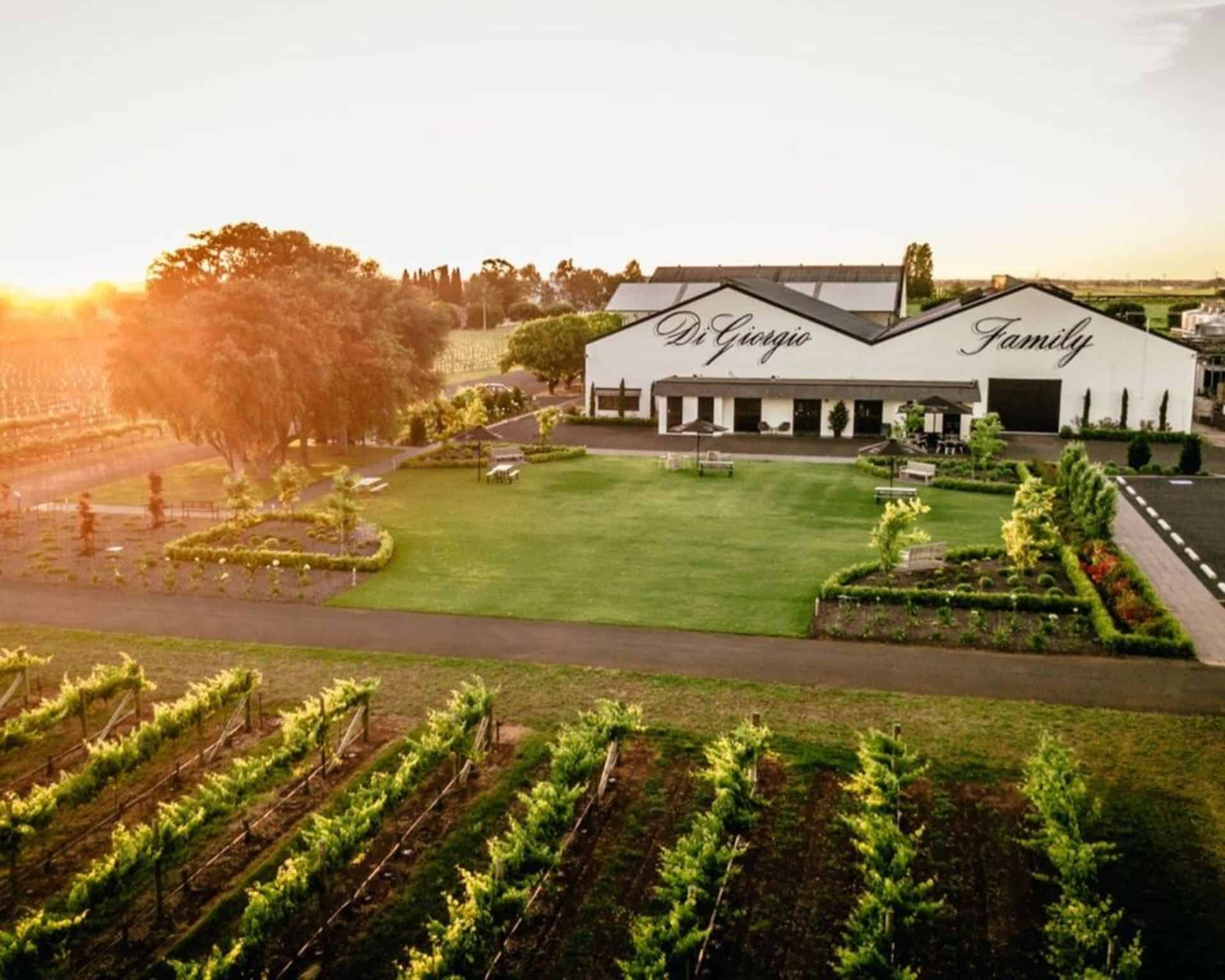
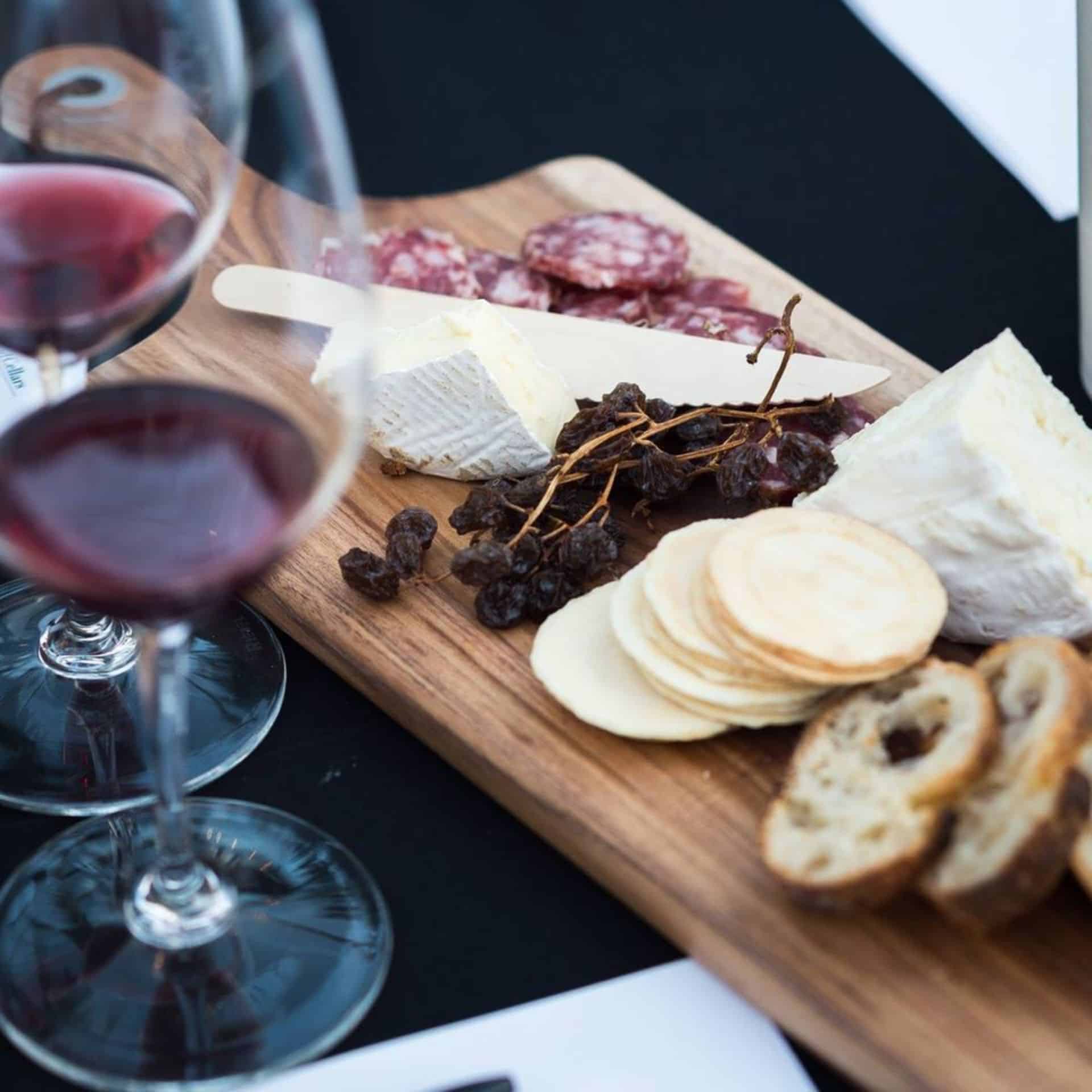
https://www.facebook.com/majellawines/
Coonawarra
Coonawarra wine region is on par with Barossa for being one of the most famous in Australia. It rests in the south-east of the state bordering Victoria, and it’s known for its rusty Terra Rossa soil, I say rusty because it is, in fact, Iron-Oxide formations in the clay that gives the earth its colour. In Coonawarra, the Cabernet Sauvignon takes the cake with 52 % of production coming out of the region. The wineries that helped shape this infamous region are Penfolds and Yalumba, two iconic wineries that operate at a world-class prestige.
Need a take on ‘Best Winery Accommodation‘?
Mount Benson
Mount Benson is the smallest sub-region of the Limestone Coast wine zone, and it’s also the youngest with its first commercial production commencing in 1989. The region’s wine industry is starting to flourish, and the community that integrates its personality strives to set new standards and trends in viticulture.
Mt. Gambier
The South Australian wine region of Mount Gambier could be one of the most interesting regions in Australia. It lies on the back of a dormant volcano and some of the greatest sights to see are visiting the sinkholes and lake filled craters in the area. Mt. Gambier wine region’s grape variety focus is Chardonnay, Sauvignon Blanc and Pinot Noir.
As it rests within the Limestone Coast Zone the predominant rock underlay is Limestone covered by fertile volcanic soils and sandy loams.
The Robe Wine Region
The Robe is one of the smallest regions on the Limestone Coast wine zone and in South Australia itself. Its cool climate generated by the southern oceans allows the region to produce quality reds and whites. Famous for its fresh seafood and immaculate beaches, Robe ranks highly in top holiday destinations in SA.
Padthaway
Padthaway is a fertile region; its name translates to ‘good water’ in the Aboriginal Potawurutj dialect. The climate is described as Mediterranean with a primary focus on red wines like Shiraz and Cabernet Sauvignon.
Though red grapes are the winners in this region Chardonnay and Riesling, have made their mark in recent years. The foundation of Padthaway was founded in 1968 by the big wineries in Coonawarra after the CSIRO crowned the region a premium place to grow grapes.
Wrattonbully Wine Region
From large scale premium vineyards to small family-owned wineries, meshed together by mesmerising farm country and township. This South Australian wine region has a prevalent focus on Cabernet Sauvignon and Merlot with Pinot Gris and Viognier on a smaller scale. This gorgeous region is home to 50 different winegrowers, most of which attaining many accolades and awards for their exceptional wines.
The Lower Murray Zone

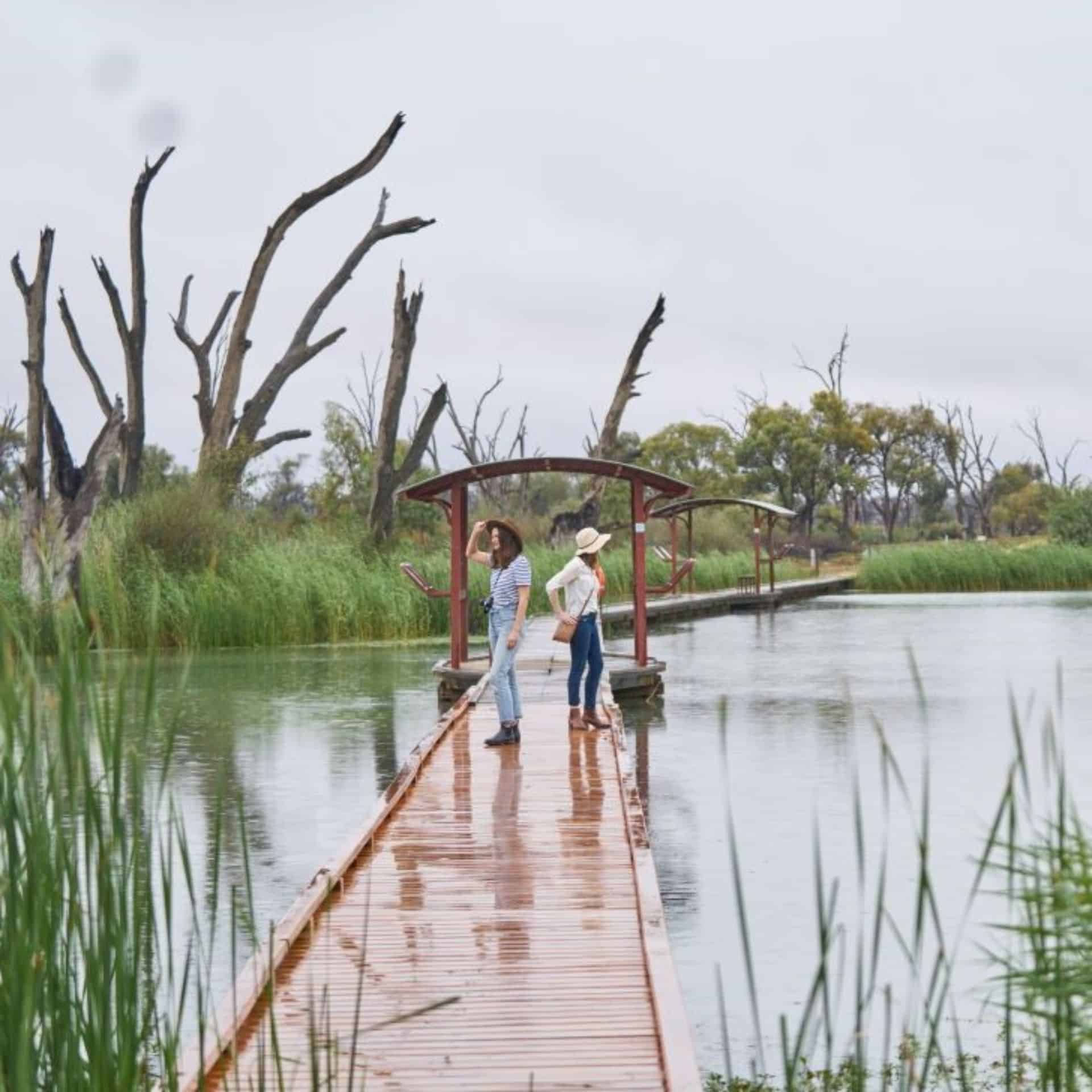
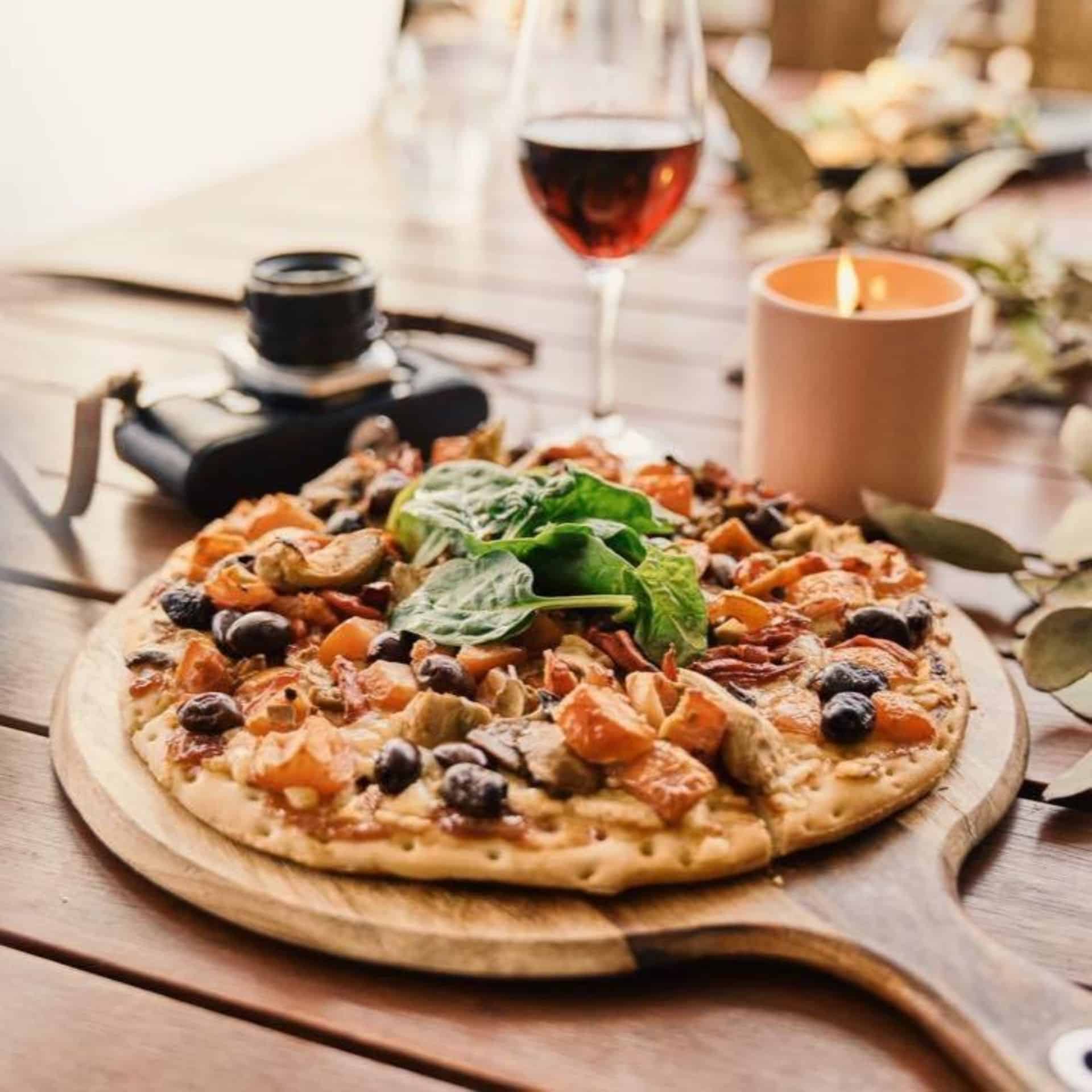
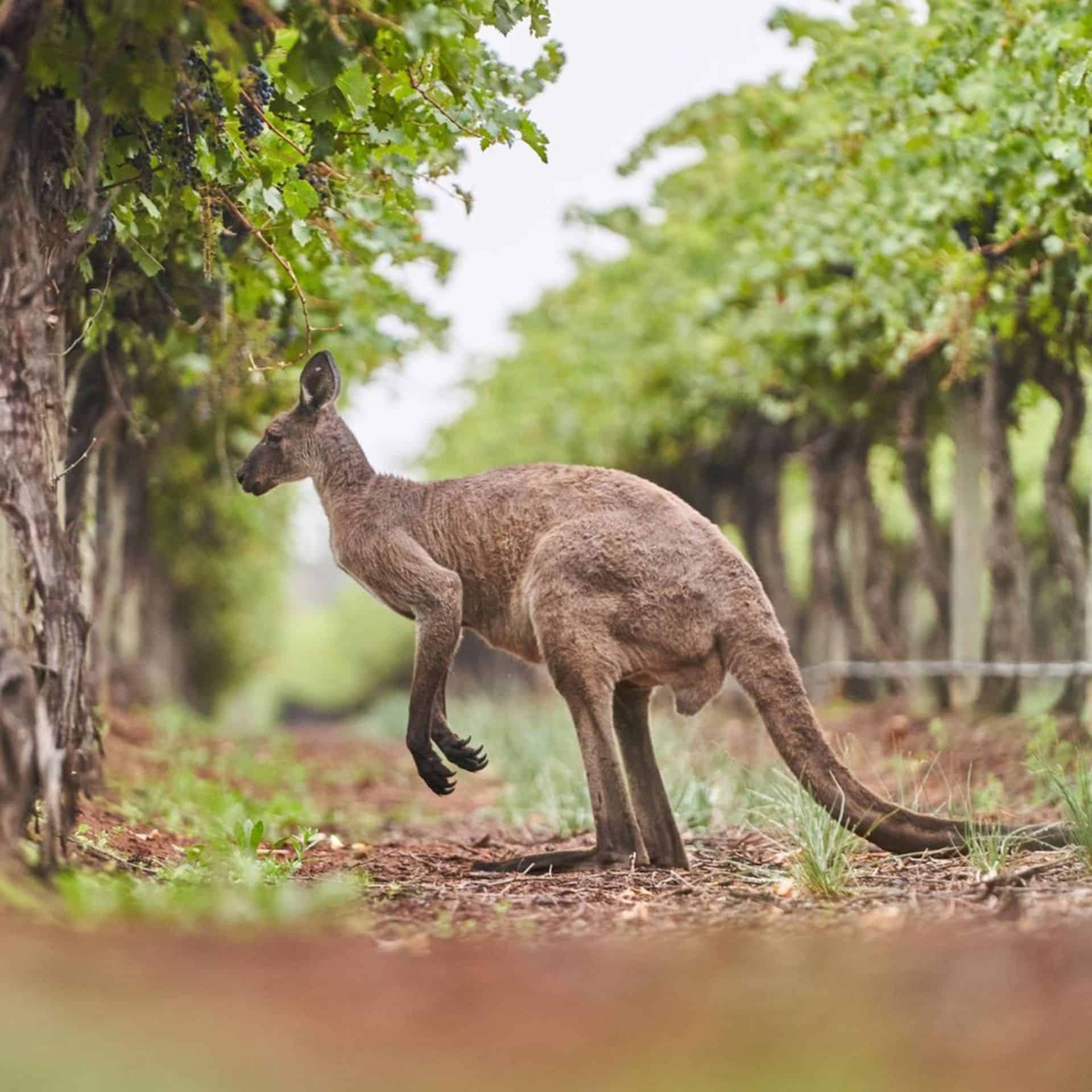

Riverland
The Riverland is not only the largest South Australian wine region but Australia’s; It makes up 50% of S.A’s wine output. The Riverland covers parts of the ‘Super Wine Zone’ which is an unofficial area that hasn’t received G.I (Geographical Indication) but makes up a large portion of distributed ‘generic’ wine in Australia. The Riverland is the only region of the Lower Murray Zone.
The Murray provides life to the Riverland through the hot, dry summers giving the region the water it needs to deliver premium grapes.
The Far North Zone
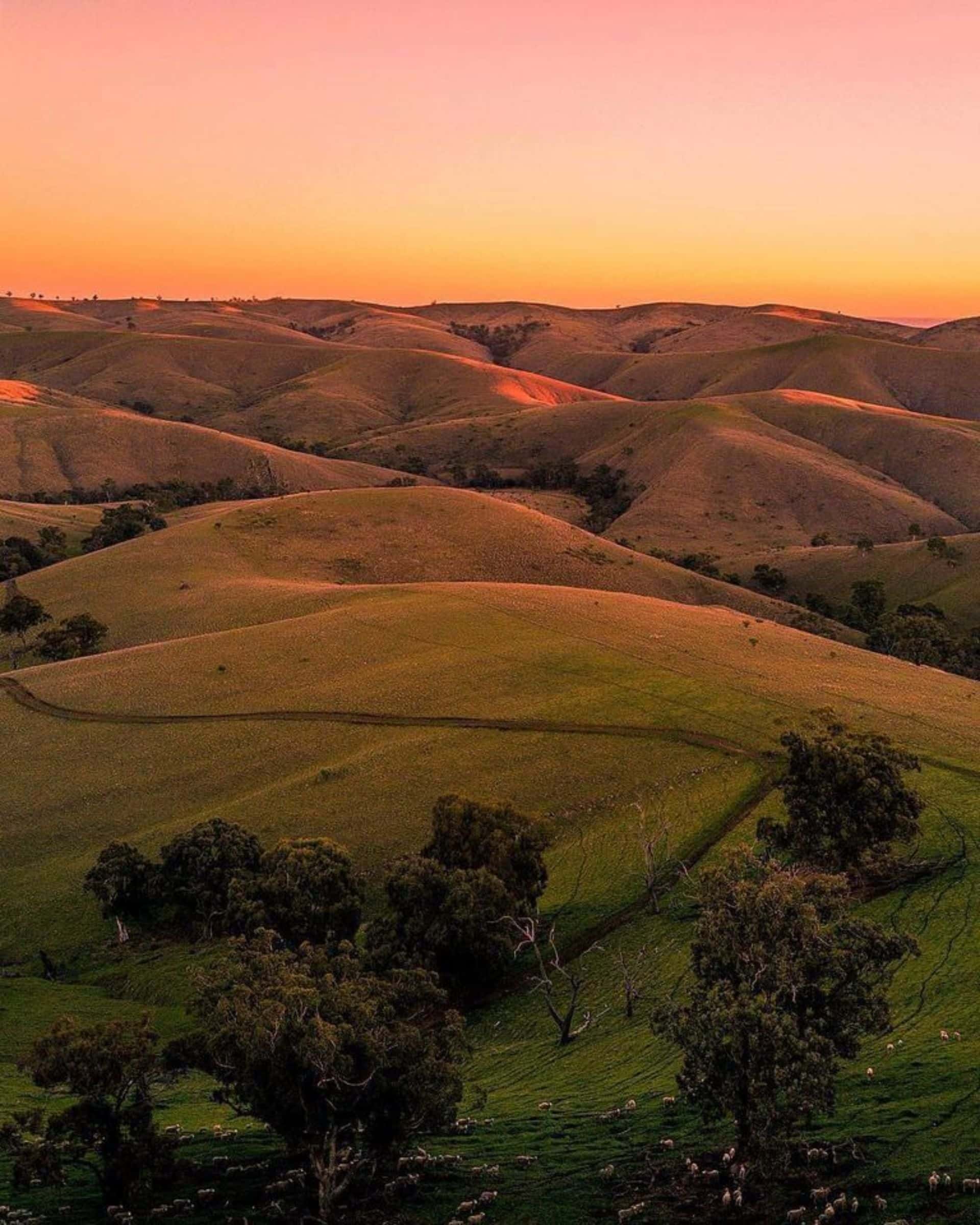
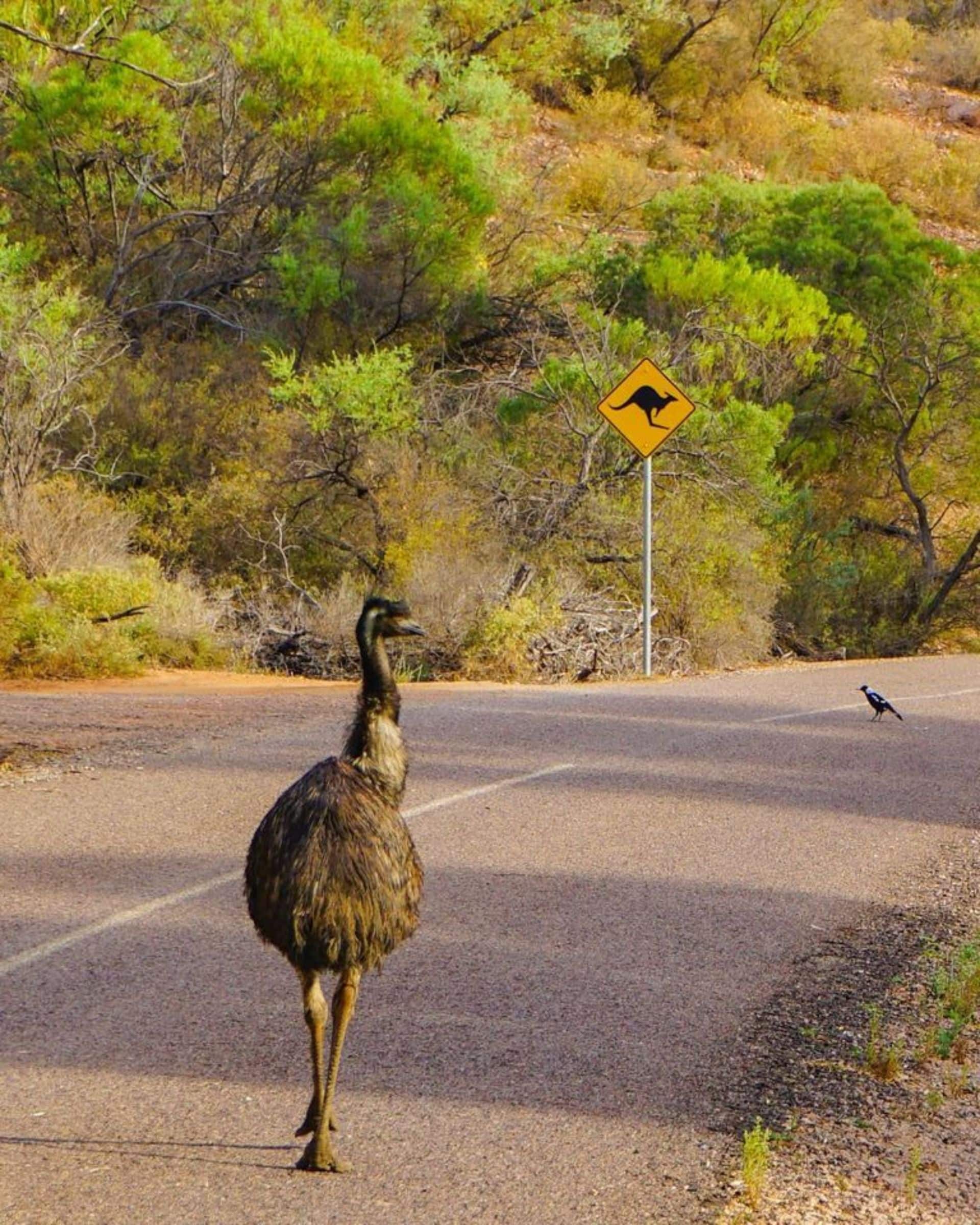
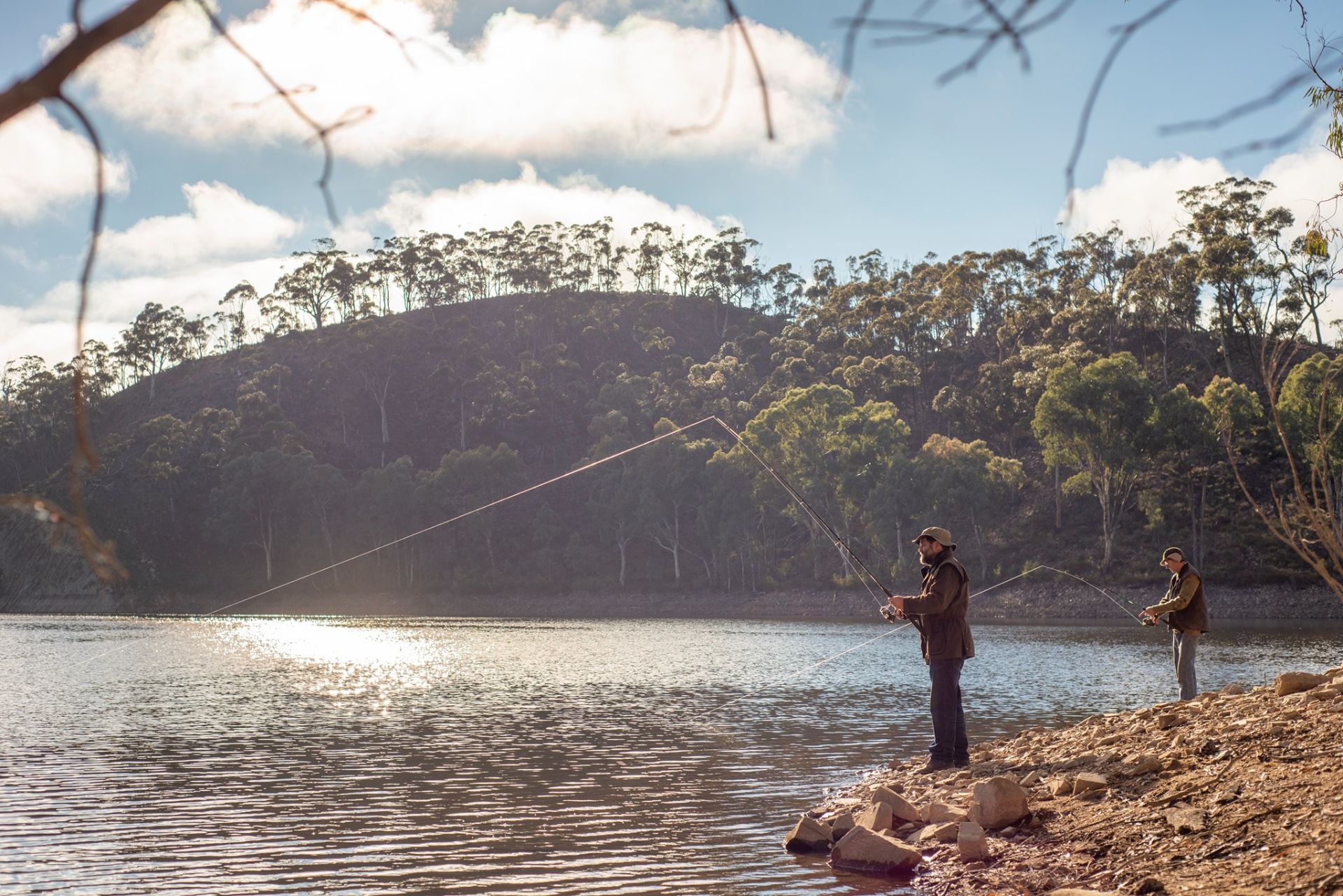
The Southern Flinders Ranges
Although the Ranges capitalises on growing large quantities of grapes for big wineries (mainly in the Barossa), there are also a lot of small boutique wineries and cellar doors you can visit. It is the only sub-region of the Far North wine zone, and it produces 95% shiraz of the total production.
Things to do in South Australia
If you haven’t quite turned into a plump grape after the numerous wineries and vinos sampled, then there are a ton of neat things to do in South Oz. We couldn’t possibly name all of them because you’d be here for hours. Let’s run through a couple.
Tandanya – National Aboriginal Cultural Institute
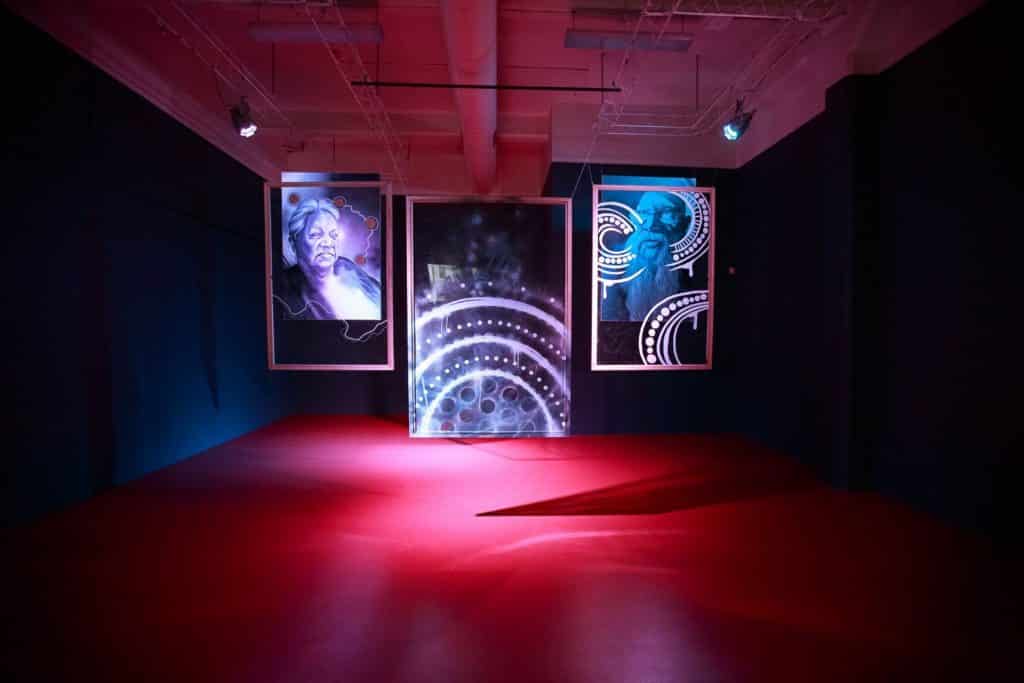
Tandanya is a platform for people to experience, understand and admire the rich culture belonging to the custodians of this land. Through workshops, visual performances, and curator talks, Tendanya cultivates the heart and soul of this vast continent. The programs are free, which is always lovely after an expensive weekend away but there is also a gallery showcasing a lot of renowned artists that you can peruse and perhaps admire with your wallet.
Adelaide Himeji Garden
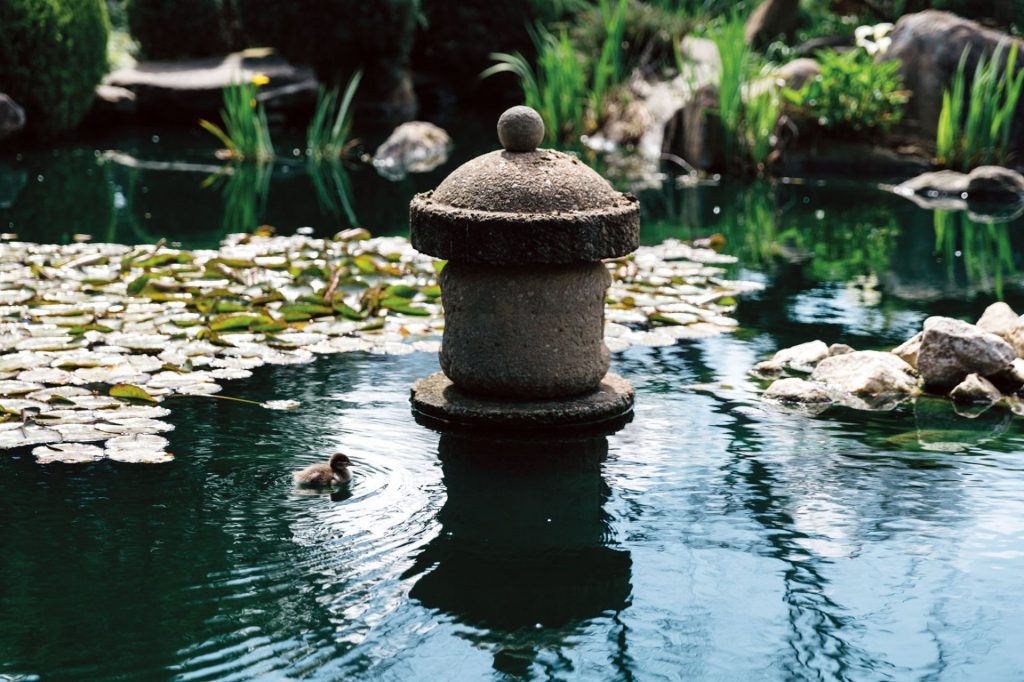
The Himeji Garden is renowned for being one of the most beautiful gardens in South Australia. The lake and mountain garden or ‘Senzui’ portrays the vast beauty of the mountainous terrain of Japan. And the ‘Kare Senzui’ or the Dry Garden through rocks, sand and meticulous architecture evokes the presence of the sea. Gardens in Japan are sacred and religious, and this mentality is definitely conveyed through the Himeji Garden.
Captain Jolley’s Paddle Boats and Eating Out in Adelaide
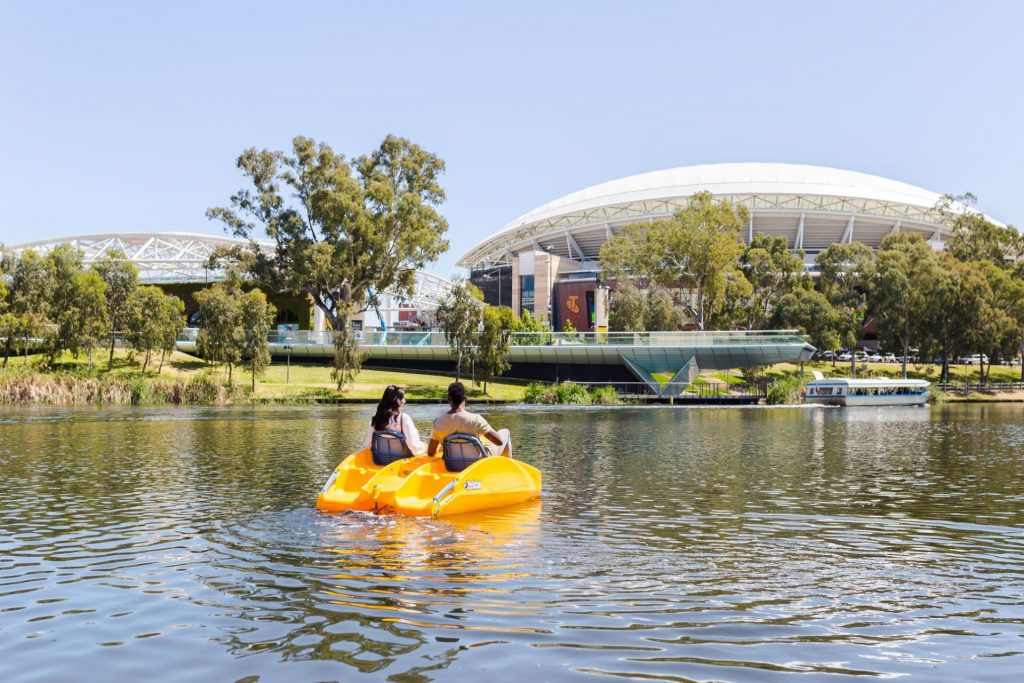
What better way to see the city than to paddle down the guts by boat. It’s a perfect way to get some fun exercise and a little vitamin D. You probably wouldn’t spend a whole day on Captain Jolley’s boat but jump off and explore Adelaide’s plethora of quality restaurants. Here are some we recommend;
- Shobosho – Japanese, Asian fusion, Yakitori Bar
- Sunny’s Pizza, Pizza Parlour, Trendy Bar, Nostalgic Music
- Botanic Gardens Restaurant, fine dining, beautiful scenery, elegance
We hope you’ve found a few gems in this article that have guided you through planning your trip to South Australia, the land of food and wine.